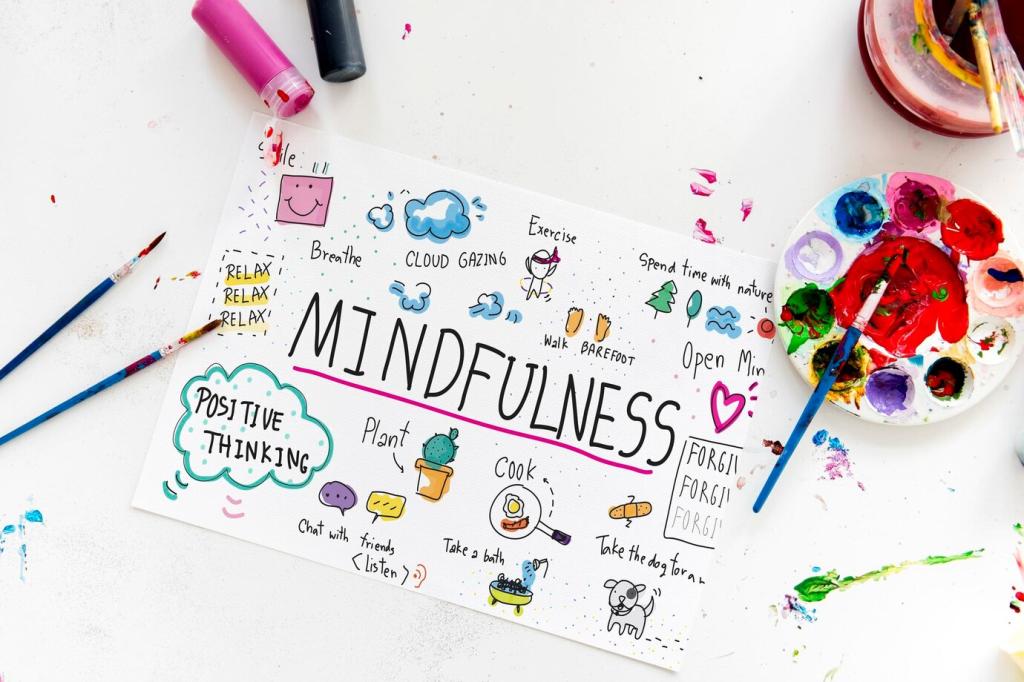Today’s chosen theme is “Sound Meditation for Mental Clarity and Peace.” Step into a resonant space where tones, overtones, and gentle rhythms help you declutter the mind, soften tension, and rediscover a grounded, luminous sense of calm you can feel.
Why Sound Clears the Mind
The Physiology of Calm
Soft, sustained sounds can stimulate the vagus nerve, nudging the body toward parasympathetic rest. As breath slows, heart rate steadies, and muscles release, the brain receives a simple message: it is safe to focus, listen, and let go.
Rhythm as a Cognitive Broom
Steady tempos act like a gentle broom, sweeping scattered thoughts into a manageable flow. When our attention follows predictable patterns, rumination quiets, making room for clarity. Try noticing your breath as a metronome and share your experience.
The Magic Between Notes
The pause between tones is not empty; it reorients attention. In those tiny rests, tension unwinds and insight often arrives. Listen for silence as a partner to sound, then tell us which pauses feel most nourishing for your mind.
Instruments of Stillness
Singing Bowls and Overtones
Crystal and metal bowls create layered overtones that gently massage attention. The sustained shimmer offers a stable anchor, ideal for beginners. Experiment with short sessions and let us know which note or bowl color brings you the clearest focus.
Gong Waves and Deep Rest
Gongs unfurl complex waves that can feel like an ocean for the mind. Their breadth helps release stubborn stress pockets. Start softly, allow waves to pass through, and share in the comments whether deep tones or lighter splashes help you unwind.
Voice, Humming, and Mantra
Your voice is your most portable instrument. Humming resonates in the chest, calming through vibration. Mantra repetition steadies attention like a lighthouse. Record a brief practice, note how your mind shifts, and invite a friend to hum along.

Evidence and Insights
Studies link soothing auditory stimuli with improved heart rate variability and reduced stress markers. Gentle sound can quiet the default mode network, supporting present-moment awareness. Track your focus before and after a session, then report your findings.

Evidence and Insights
Binaural beats may influence perceived focus when listened to with headphones at specific frequencies. Responses vary, and volume matters. Start low, observe effects, and note any discomfort. Share honest impressions so others can calibrate expectations realistically.
Stories from the Quiet
The Commuter’s Shift
Stuck in traffic, Alex played a single low bowl tone before stepping into meetings. The ritual took two minutes and turned irritation into focus. If your commute feels heavy, try one tone today and tell us what changed in your first hour.
A Caregiver’s Breath
Maya, caring for her father, used humming during medication times. The vibration steadied her hands and softened anxious spirals. She now hums a gentle minor third nightly. If you support someone, test a brief hum and share how it reshapes your energy.
Before the Exam
A student looped soft rain and occasional chimes, practicing recall between chime strikes. The rhythm calmed panic and boosted confidence. Try pairing study review with sparse tones, then comment on whether your memory feels clearer under gentle sonic scaffolding.

Troubleshooting and Myths
You do not need blankness; you need a steady anchor. Let thoughts pass on sound’s surface. When you notice distraction, celebrate noticing, return to tone, and continue. Tell us how often you returned today to normalize compassionate re-focusing.




